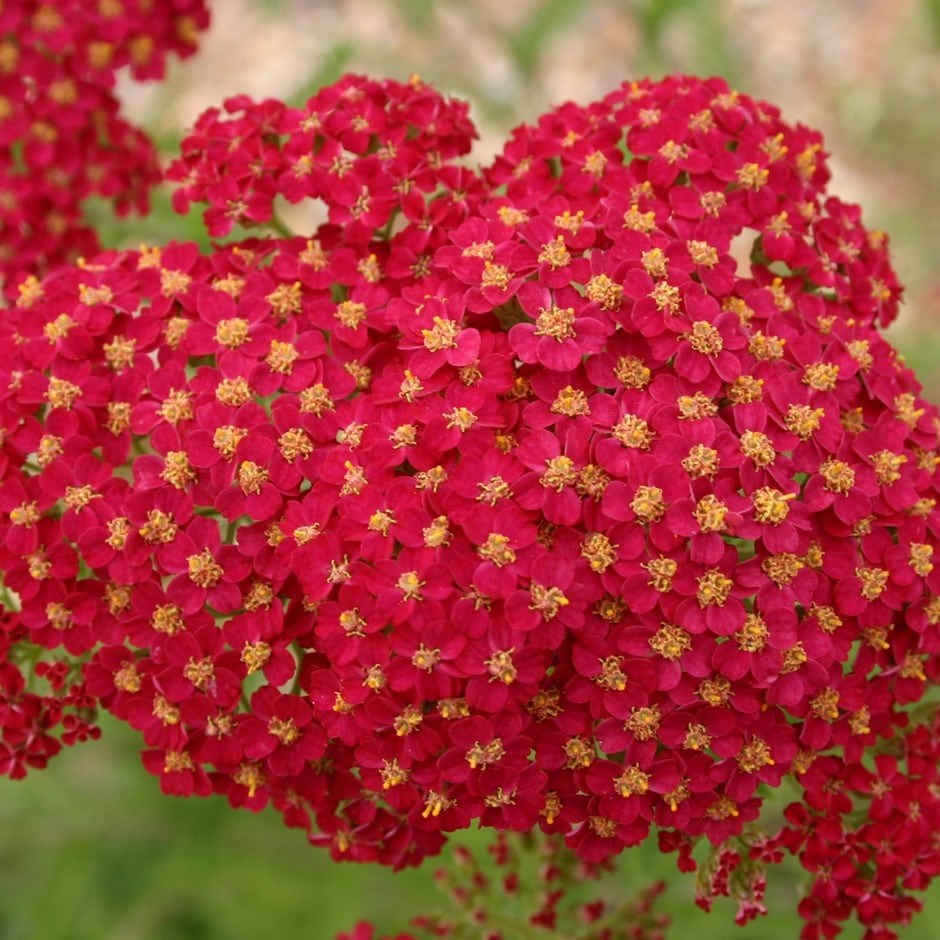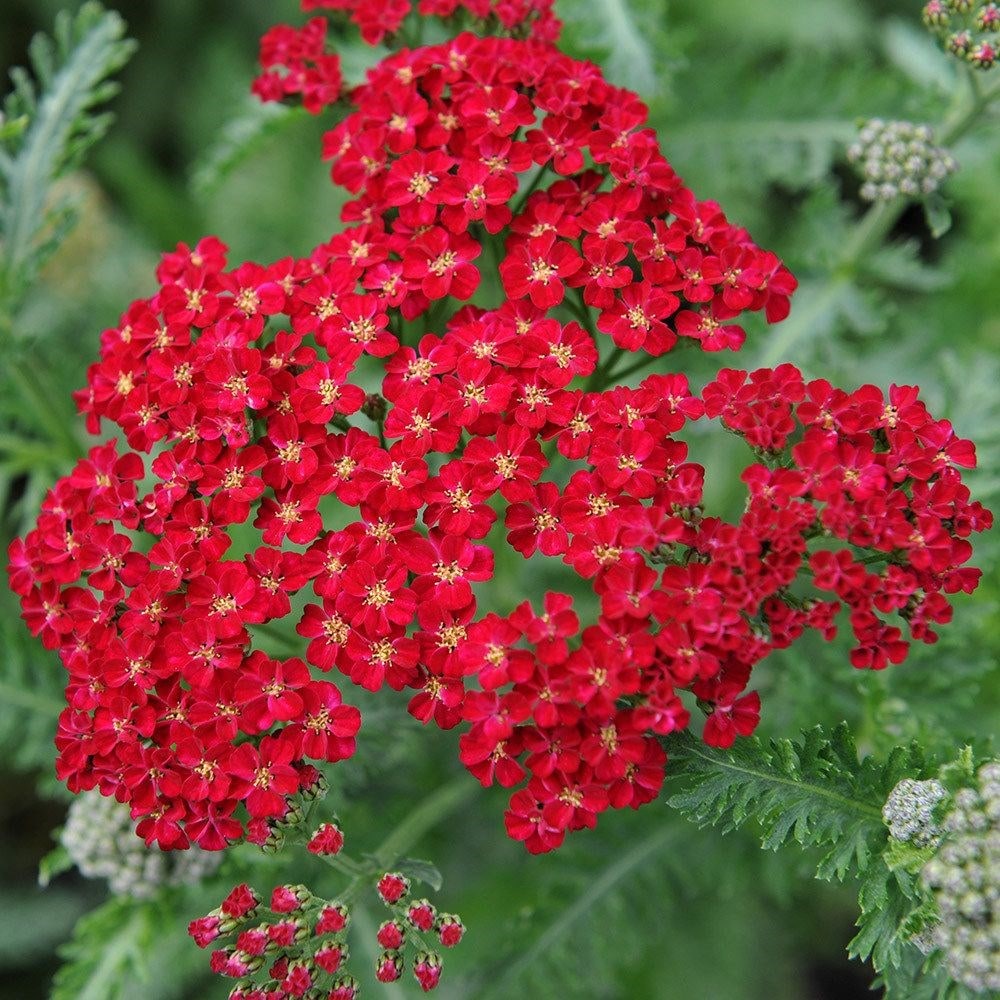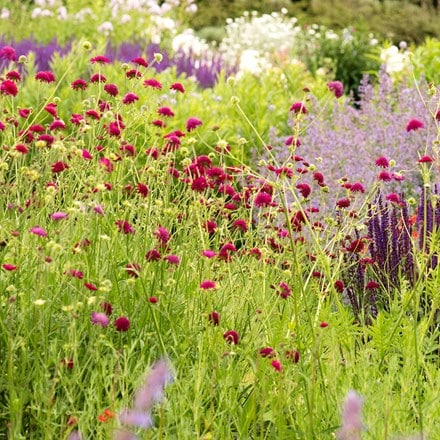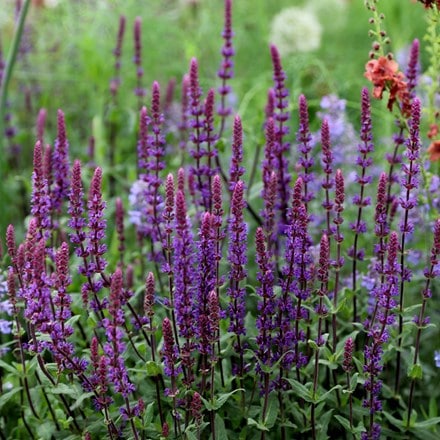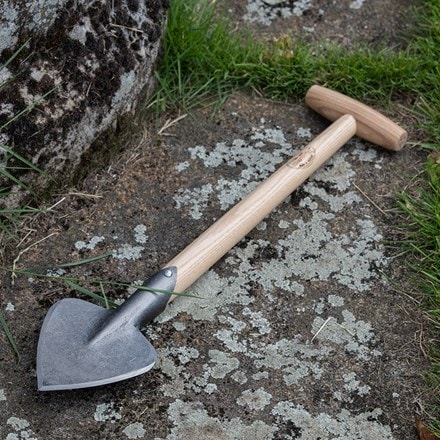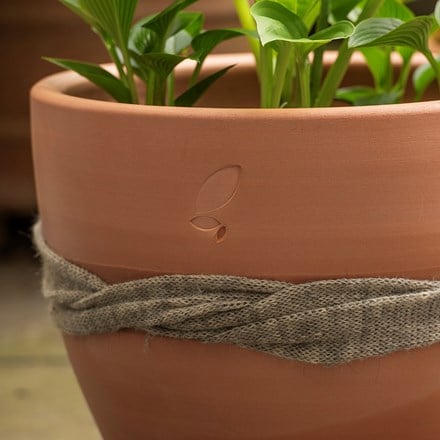Achillea millefolium 'Red Velvet'
common yarrow
‘Red Velvet’, the RHS award-winning Achillea, has been rightly rewarded for its resistance to colour fade. Rich red blooms, held...
This berry-red achillea keeps it colour, darkening with time to loganberry red - drift it through silver plants and it will glow like candlelit rubies on a necklace
GOES WELL WITH
How to get more flowers

Many flowering plants can be encouraged to produce better and longer-lasting displays with the minimum of effort. A plant produces flowers in order to reproduce and ensure the survival of the species. Once a plant has flowered and fertilisation has taken
Read full articleHow to encourage beneficial insects
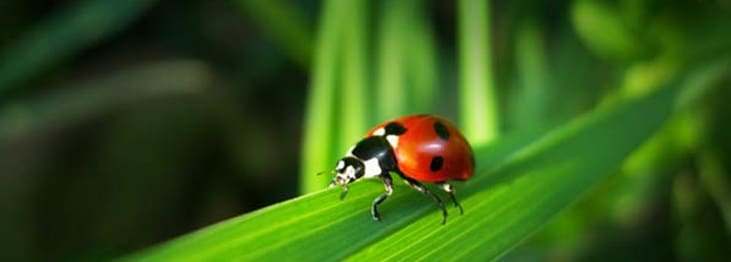
All garden pests have natural enemies. The trick is to encourage these beneficial insects and other creatures to take up residence in your garden so that they can do the pest management for you. The most effective way to do this is to provide the conditio
Read full articleCottage garden
The traditional cottage garden was an intensive, yet carefree mixture of fruit, vegetables, herbs and flowers all crowded into a tiny space. Today, this informal charm can be recreated using modern varieties that largely take care of themselves around an
Read full articleMediterranean
Mediterranean gardens can take on various guises from the rustic and rambling to the formal elegance of an Italian courtyard. However, they all have key features in common, including the use of exotic, sometimes tender, drought-tolerant plants in pots and
Read full articleSeaside
Gardening by the coast offers specific challenges and opportunities. You can take advantage of the mild climate to grow not-so-hardy plants with confidence, but will have to choose them carefully to ensure they can cope with the buffeting winds and salt-
Read full articlePrairie
Indulge a passion for ornamental grasses by creating a prairie- or meadow-style garden. They can be richly planted with native wildflowers or a selection of complementary perennials and self-seeding annuals to create a naturalistic planting effect.
Read full article


